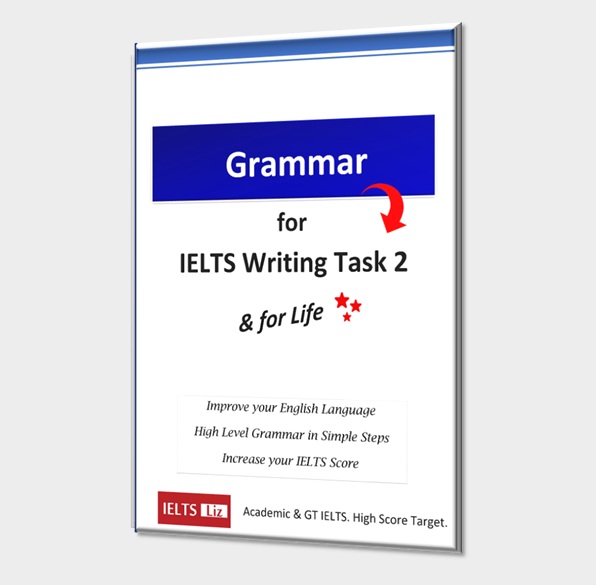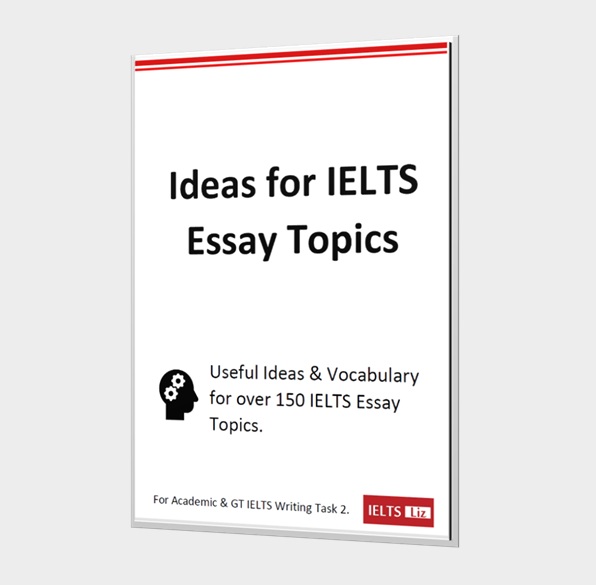Are you given the transcript in the IELTS Listening test? Why do IELTS put the transcript in the answer key of their IELTS Cambridge Test books? Why does Liz give the transcript to her listening lessons? Lets learn a bit about the use of transcripts for the listening test and listening exercises.
IELTS Listening Transcripts
Read through the questions and answers below to learn why you should use transcript, how to use them and how you can benefit from them.
What are transcripts in IELTS listening?
The transcript is the audio recording in written form, word for word, precisely as you hear it.
Will you be given the transcript in the real test?
No. you will not be given the transcript. You will hear an audio recording and you must answer questions based on the recording you hear. You must listen, read the questions and answer the questions all at the same time. For the paper based test, you write your answers on the question paper and then have 10 mins to transfer your answers to the answer sheet at the end of the listening test. For the computer based test, you put your answers into the computer screen directly and are given only 2 mins at the end of the listening test to check and alter your answers. After the IELTS test is completely ended, you will not be given the transcript at that time either. The test will remain the property of IELTS. You can’t even remove the question paper from the test room.
Will IELTS give me access to the transcript after the test?
No. IELTS do not release either the answers to your listening test or the transcript to your test.
Where can you find transcripts?
Transcripts are only given to you along with the answers in test books and on my website for my lessons. I only supply the transcript with the answers, not with the questions.
Are they useful?
Yes, transcripts are essential for you to use as part of your IELTS listening preparation which is why all my listening lessons provide the transcript with the answers.
What are transcripts used for in IELTS test preparation?
You can use transcripts in the following ways once you have finished your listening practice test or practice lesson.
- When you finish a listening lesson or a listening test, don’t just check the answers directly. Instead, listen again to the audio and read the transcript at the same time. This will allow you to check your answers while listening again and reading the words. You only do this after you have finished the listening lesson and you are sure if your answers. It is method of checking the answers which is more useful than just checking the answer key because it allows you to spot your mistakes which is highly beneficial for your training.
- When checking the list of answers, refer to the transcript. Find the location of the answer and see how the answer was presented in the recording. Read the sentences before and after each answer. This way you can see why you got the answer right or wrong.
- Go back to the transcript and make a note of the paraphrases used. This way you can increase your vocabulary and spot the reason why you might have missed the answer.
- Finally, read the transcript and listen to the audio together one last time to help your speaking skills and pronunciation. In fact, it’s a great way to improve speaking – listen, pause and repeat out loud.
As you can see, the transcripts can help you develop crucial awareness and skills needed to improve your score. Some people do practice test after practice test without improving. Now you know why. You need to analyse your mistakes, analyse why you got something wrong, note paraphrased and learn from mistakes. The transcript will help you a lot with all this.
IELTS Listening Free Tips & Practice Materials:
Click here: ALL FREE LISTENING LESSONS & TIPS
………………………………..
Free Subscribe to get New Posts by Email






